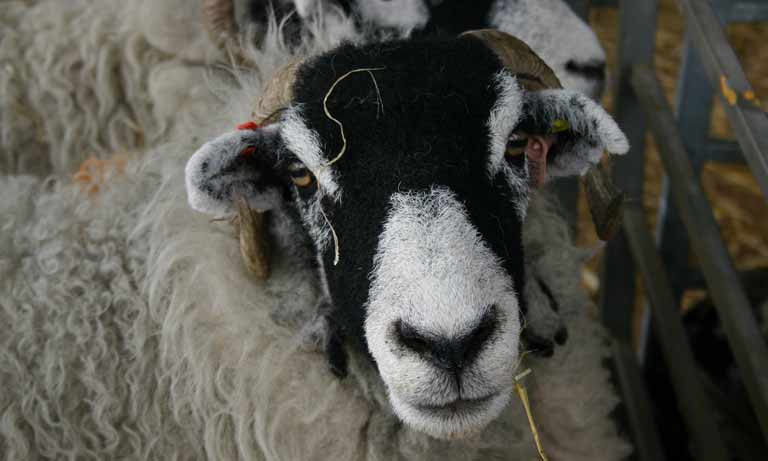British Veterinary Association responds to competition watchdog’s provisional decision and welcomes call for vet practice regulation
15 Oct 2025
BVA urges vigilance following confirmation of positive BTV-3 cases.

The Animal and Plant Health Agency (APHA) has confirmed the presence of Bluetongue (BTV-3), a notifiable disease, in several sheep and cattle in England.
The affected animals have been culled to reduce the risk of onward disease transmission and Restriction Zones have been set-up covering Norfolk, Suffolk and Essex, which restricts the movement of cattle, sheep and other ruminants. Temporary Control Zones have also been put in place in Yorkshire, Lincolnshire and Kent. However, vets are not restricted from entering these areas to advise and treat the symptoms of Bluetongue.
For the latest situation, see the government's Bluetongue interactive map.
The virus does not affect people or food safety. BTV is transmitted by midge bites and affects cows, goats, sheep, camelids and other ruminants. The midges are most active between April and November. Another possible reason for disease spread can be through an infected imported animal.
Whilst these confirmed cases are concerning, it shows the importance of continued vigilance to minimise disease risks and ensure appropriate action is taken to safeguard animals in the area.
UK farmers and members working with these types of animals should remain vigilant for any signs of Bluetongue. If you have any concerns or suspect BTV contact the Animal and Plant Health Agency on 03000 200 301 (England) and 0300 303 8268 (Wales), or the Local Field Service Office in Scotland.
Information on how to spot and report BTV can be viewed here.
Get tailored news in your inbox and online, plus access to our journals, resources and support services, join the BVA.
Join Us Today